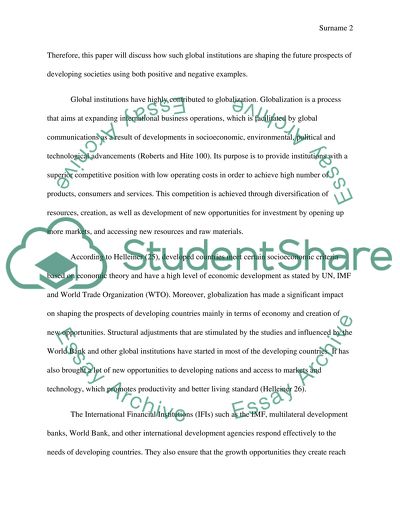Cite this document
(“Social Change and the Developing World Essay Example | Topics and Well Written Essays - 2000 words”, n.d.)
Retrieved from https://studentshare.org/sociology/1441183-social-change-and-the-developing-world
Retrieved from https://studentshare.org/sociology/1441183-social-change-and-the-developing-world
(Social Change and the Developing World Essay Example | Topics and Well Written Essays - 2000 Words)
https://studentshare.org/sociology/1441183-social-change-and-the-developing-world.
https://studentshare.org/sociology/1441183-social-change-and-the-developing-world.
“Social Change and the Developing World Essay Example | Topics and Well Written Essays - 2000 Words”, n.d. https://studentshare.org/sociology/1441183-social-change-and-the-developing-world.


